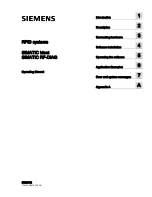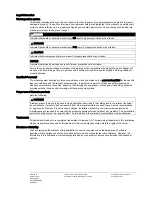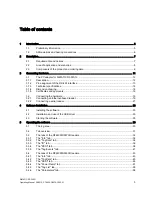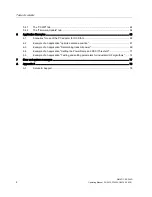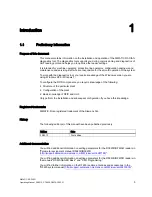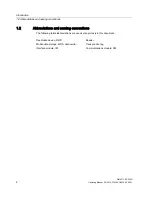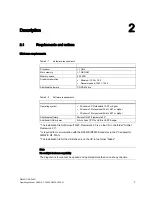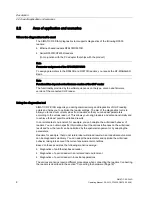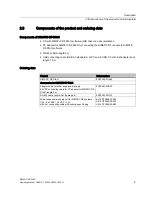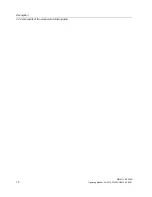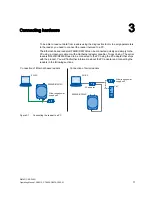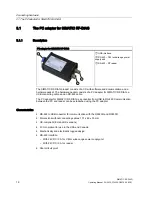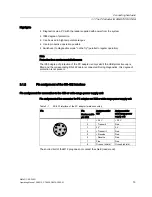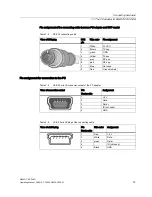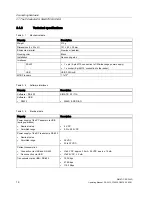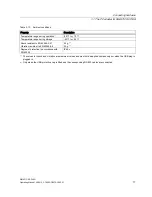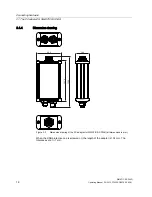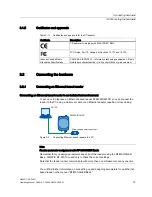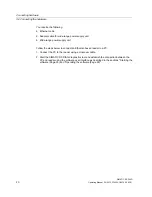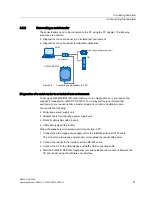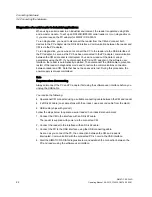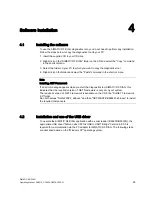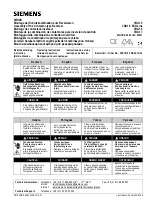
Description
2.2 Area of application and scenarios
SIMATIC RF-DIAG
8
Operating Manual, 09/2012, C79000-G8976-C292-01
2.2
Area of application and scenarios
Where the diagnostics tool is used
The SIMATIC RF-DIAG diagnostics tool supports diagnostics of the following RF600
readers:
●
Ethernet-based readers RF640R/RF670R
●
Serial RF620R/RF630R readers
(In conjunction with the PC adapter that ships with the product)
Note
Parameter assignment of the RF640R/RF670R
To assign parameters to the RF640R and RF670R readers, you require the RF-MANAGER
Basic.
Note
Functionalities depend on the firmware version of the UHF reader
The functionality provided by the software depends on the type, version and firmware
version of the connected UHF reader.
Using the diagnostics tool
SIMATIC RF-DIAG supports you during commissioning and diagnostics of UHF reading
points and helps you to optimize the reader settings. The aim of the diagnostics tool is to
allow you to read out current values from readers so that you can adapt parameters
according to the values read out. This allows you to align readers and antenna optimally and
to achieve the best possible write/read results.
In an isolated test environment, for example, you can analyze the write/read behavior of
readers. You can obtain specific information about the various influences on the write/read
result and how the result can be optimized by the spatial arrangement or by adapting the
parameters.
Readers, for example, that do not return ideal write/read results in an industrial environment
can be diagnosed selectively. You can adapt the parameters and optimize the write/read
behavior taking into account the current environmental conditions.
Based on these examples, the following scenarios emerge:
●
Diagnostics of an Ethernet-based reader
●
Diagnostics of a serial reader in an isolated test environment
●
Diagnostics of a serial reader in industrial applications
The various scenarios require different procedures when connecting the readers. Connecting
the readers is described in the section "Connecting the hardware (Page 19)".

